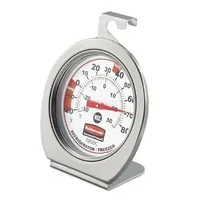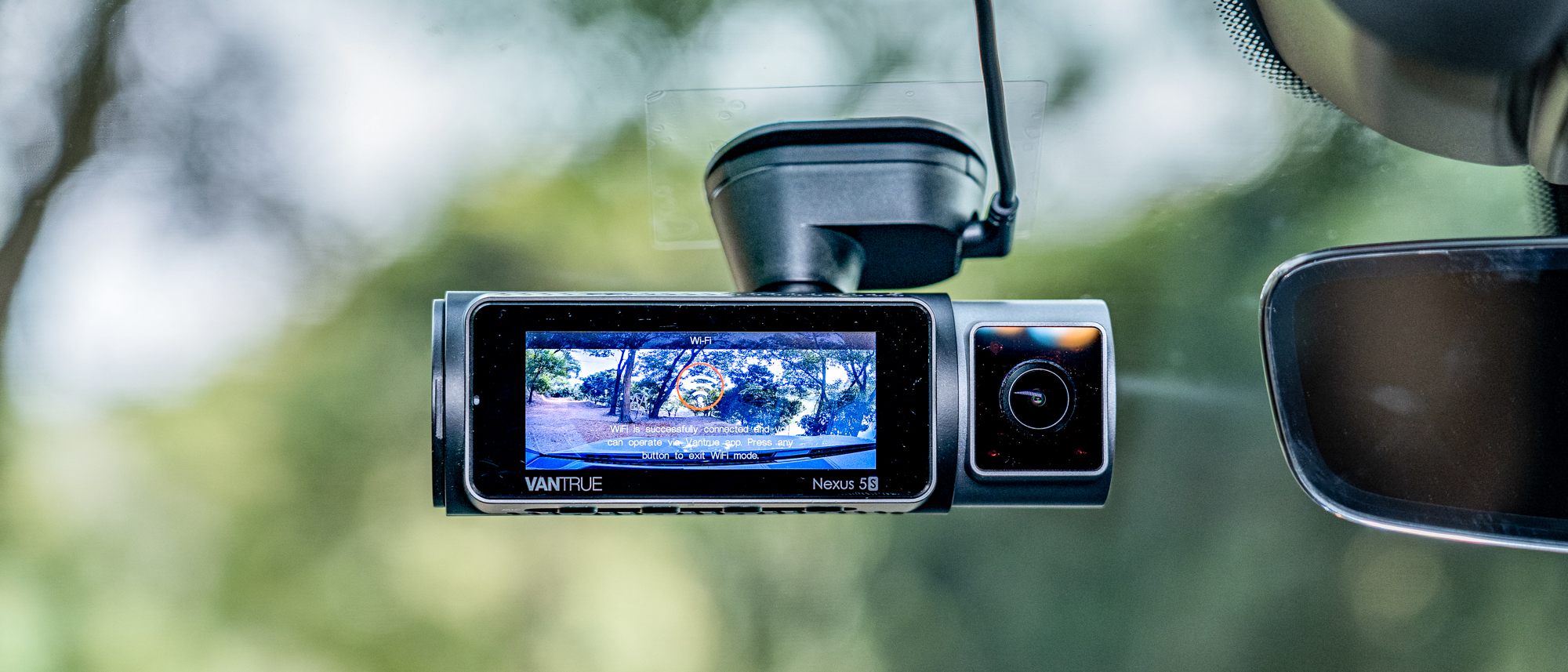Why is my refrigerator not cooling? Common reasons and expert advice on how to fix it
How to keep your refrigerator cool
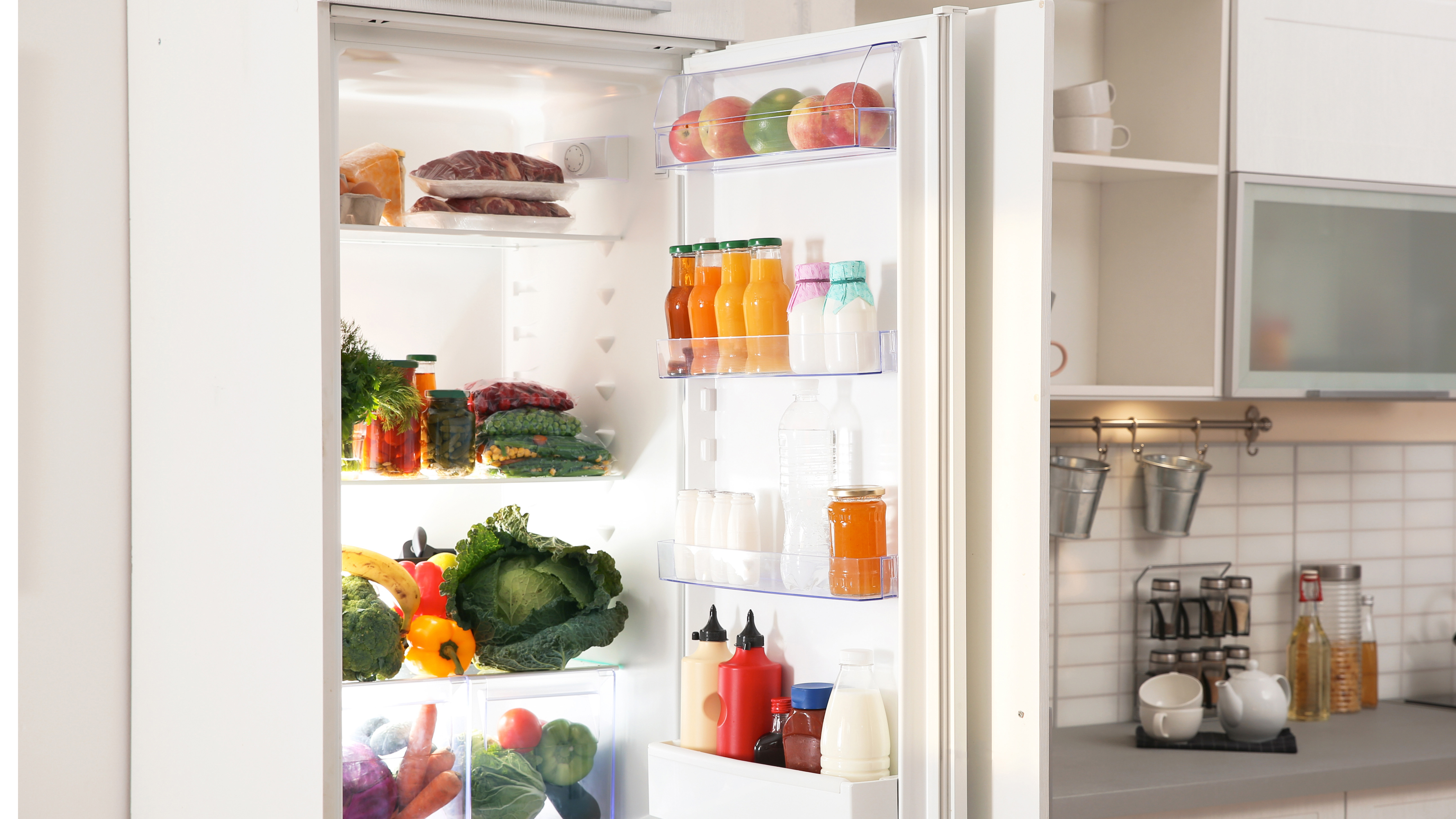
It can be frustrating to open your refrigerator door to discover your milk has spoiled or yesterday’s cooked chicken has gone bad. It’s a sign that your refrigerator is not cooling and your food is not being stored at the correct temperature.
But before you run out to buy one of the best refrigerators or coolers to save your food from spoiling, it may be worth giving your refrigerator a health check to see if there’s an easy remedy to fix it. It could be as simple as an issue with the seal or the thermostat being nudged too high, which will reduce the efficiency of your refrigerator.
We’ve taken expert advice to discover the most common problems and how to fix them.
How to tell if your refrigerator isn’t cool enough
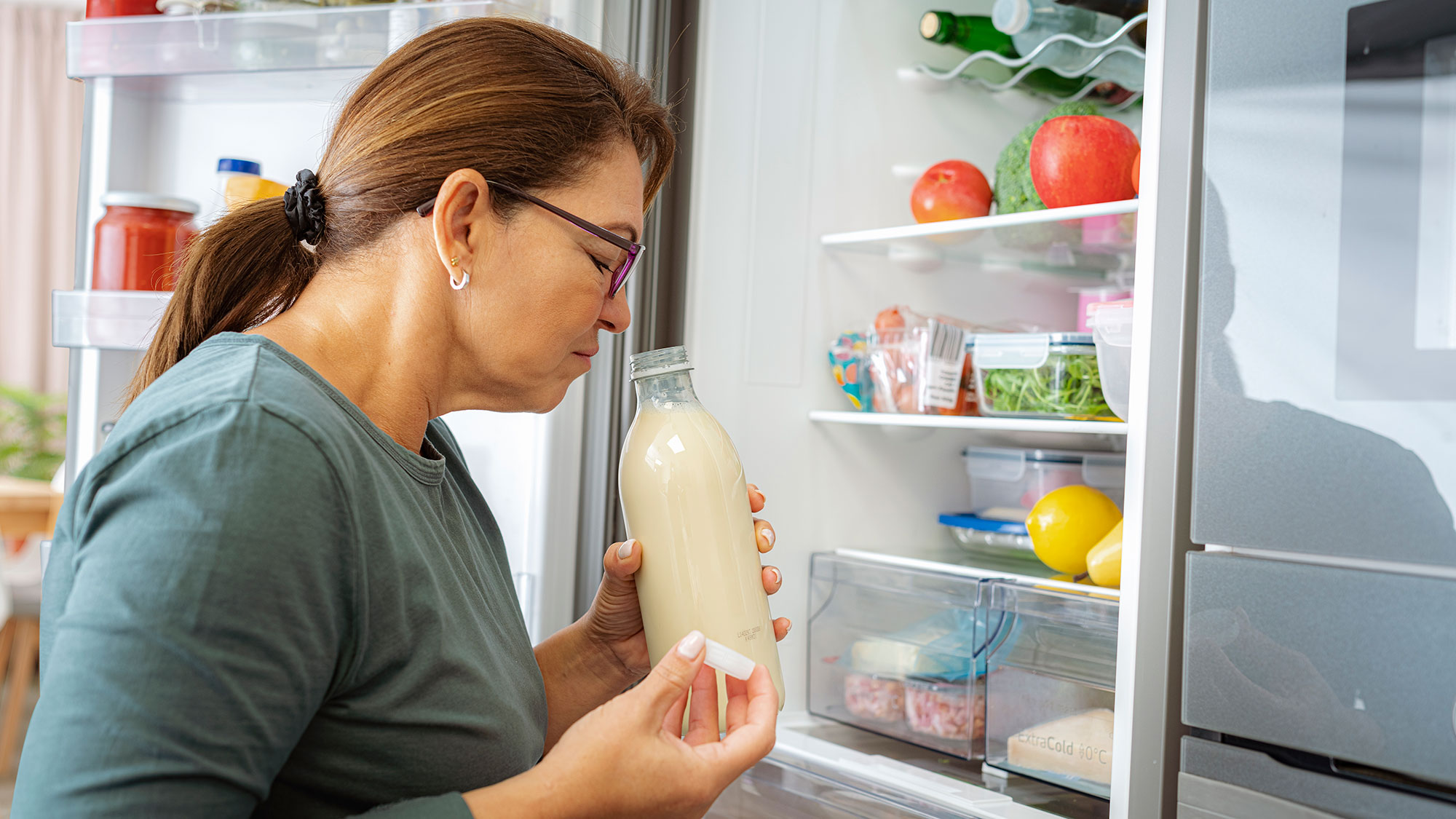
There’s more than one way to tell if your refrigerator isn’t cool enough, although one of the main indications is a strong odor you’ll smell as soon as you open the door.
Matthew Glynn, go-to-market product marketing manager at Hisense, says, “You may notice that food in your fridge is spoiling quicker than usual or that there is more odor coming from the fridge than before — both indicate that the temperature is wrong.”
Gino Grossi, head of brand and marketing for home appliances at Samsung Electronics UK, agrees, saying, “If leftovers seem to spoil after day one, or if ice cream is only fresh the first time you open the carton, then it’s a clear indication that your fridge and freezer temperatures need to be adjusted.”
There are also a few other signs to watch out for, with Glynn recommending to check for condensation on food. “It can indicate that your fridge may not be cooling correctly or at the right temperature,” he says.
Get instant access to breaking news, the hottest reviews, great deals and helpful tips.
If you have an ice maker or water dispenser, you may also notice that the ice is melting or the water is warm. And, if you are considering buying a new appliance, you might want to consider whether it's worth buying a refrigerator with an ice maker.
What's causing the problem and how to fix it
Apart from mechanical issues, the location of your appliance and how you store your food can affect its performance.
1. Mechanical malfunctions
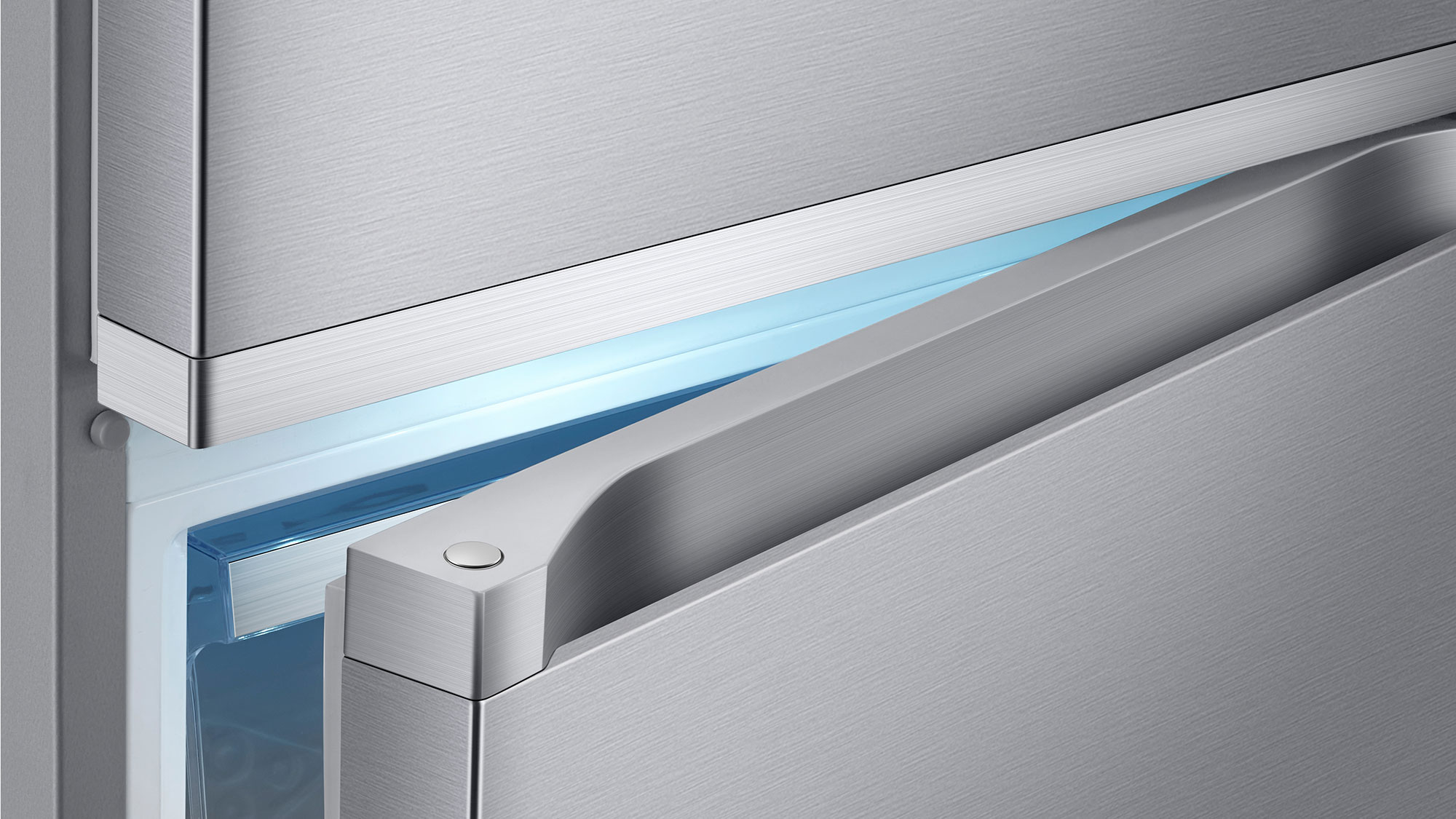
“Issues with your refrigerator and its temperature are usually due to mechanical problems such as dirty condenser coils, which help the refrigerator cool properly, or blocked air vents, which prevent cool air from filtering inside the appliance,” says Glynn.
The condensing coils are located at the back of your appliance and can be cleaned every few months to prevent dust from causing a malfunction. A good time to do it is when you’re giving your refrigerator a deep clean or defrosting your freezer — simply grab a handheld vacuum and clean up the dust.
Glynn also adds that the gasket seals, which lock cold air inside the fridge and prevent it from becoming dirty, damaged or worn, could also be causing an issue, as when damaged, they can let warm air in.
“If you notice dirty seals or frost build-up around the gasket, clean them immediately and allow up to 24 hours for your fridge to regain proper temperature,” advises Grossi.
2. Location, location, location
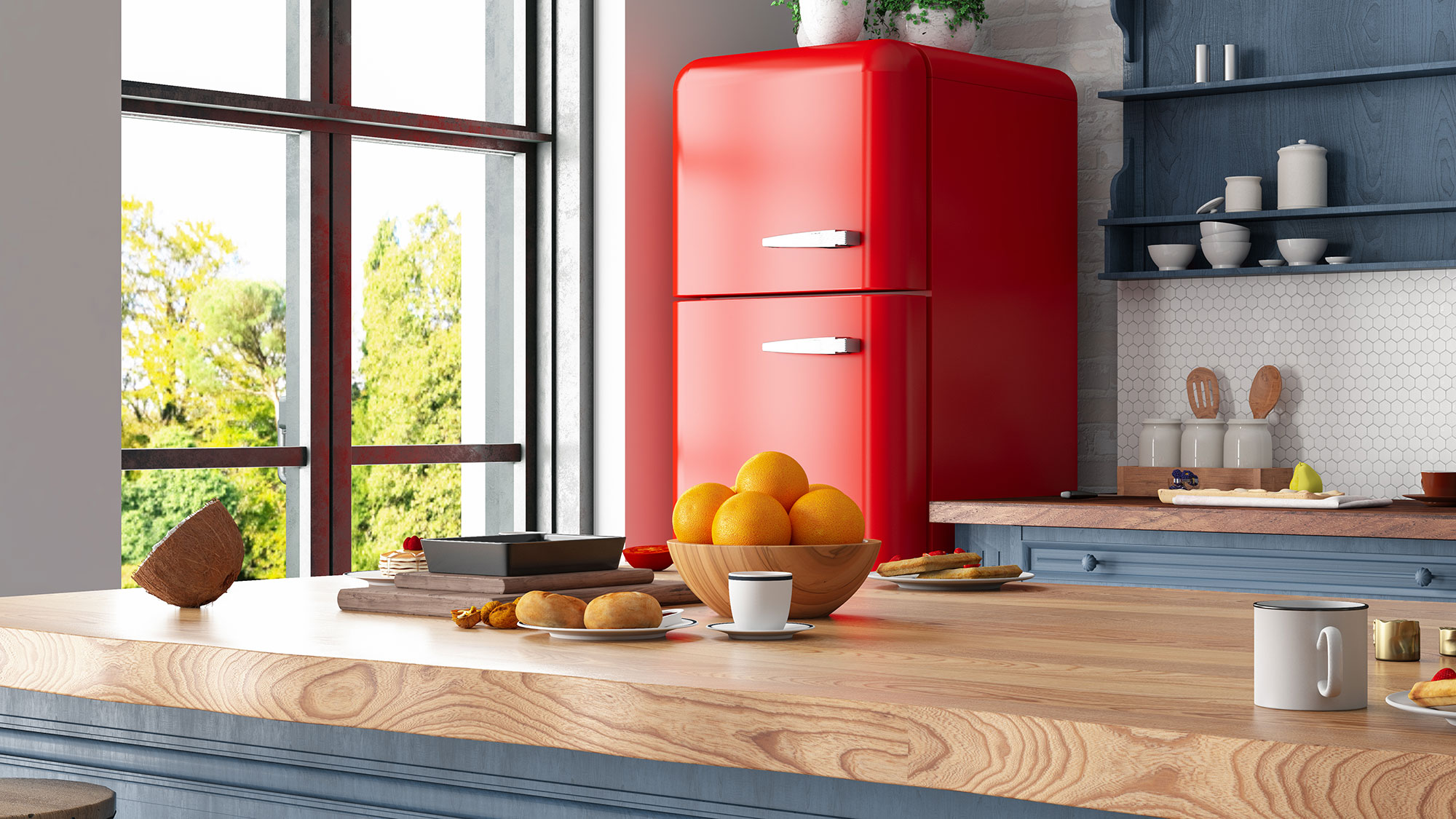
Another common problem is your appliance’s location. Glynn explains, “Installation location can also sometimes affect how well the appliance can maintain its cool temperature.”
To solve this issue, Grossi suggests following what he refers to as the ‘2-inch rule’. Leaving a 2-inch gap between the exterior of your refrigerator and any walls will allow space for your appliance to keep cool. It’s also important to avoid storing any items on top of it. “The refrigerator ejects heat as a way to cool, so if the refrigerator is in a space that’s too tight, the heat will be unable to leave, which will keep the fridge warmer than it should be. A 2-inch gap on the top, back, and sides is enough to allow circulation.”
The air inside also needs to circulate; for this to happen, the vents at the back should be clear of any obstructions. Here again, a 2-inch clearance allows heat to escape.
Rubbermaid Refrigerator & Freezer Thermometer: was $13 now $8 @ Amazon
This mechanical thermometer can be placed in your refrigerator or freezer to monitor the internal temperature, without needing a battery. It reads between -20°F (-30°C) and 80°F (30°C). The thermometer can also be used in a cooler. it's made of durable stainless steel and has a shatter proof lens.
3. Overpacking your refrigerator
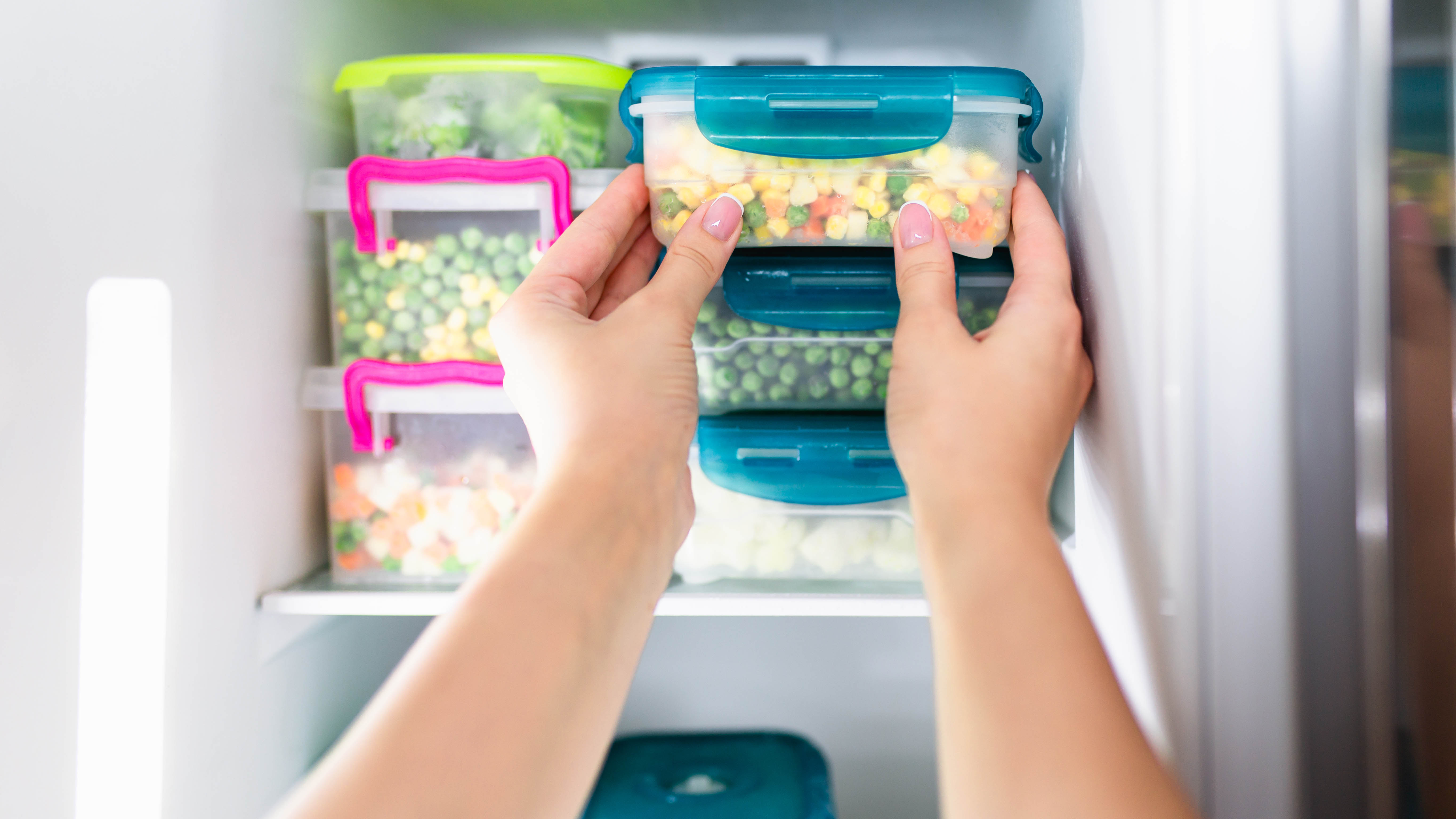
It can be tempting to pack your refrigerator to capacity to make the most of the space, but this doesn’t benefit the cooling process. “Fridges that are overpacked or cluttered may have trouble regulating the cool temperature as unorganized food can prevent air flow inside the appliance,” says Glynn.
It’s also one of the main causes of refrigerator performance issues reported by the Samsung customer support team. For this reason, he recommends filling your refrigerator to no more than two-thirds of its capacity to help air circulation. “Over-packing your shelves can block air vents that keep your fridge cool, which over time can lead to expensive repairs.”
If your household needs more storage but you are limited on space, Grossi advises looking for refrigerators that have thinner walls but higher insulation, as these features will create more room inside.
4. Food that's too hot to handle
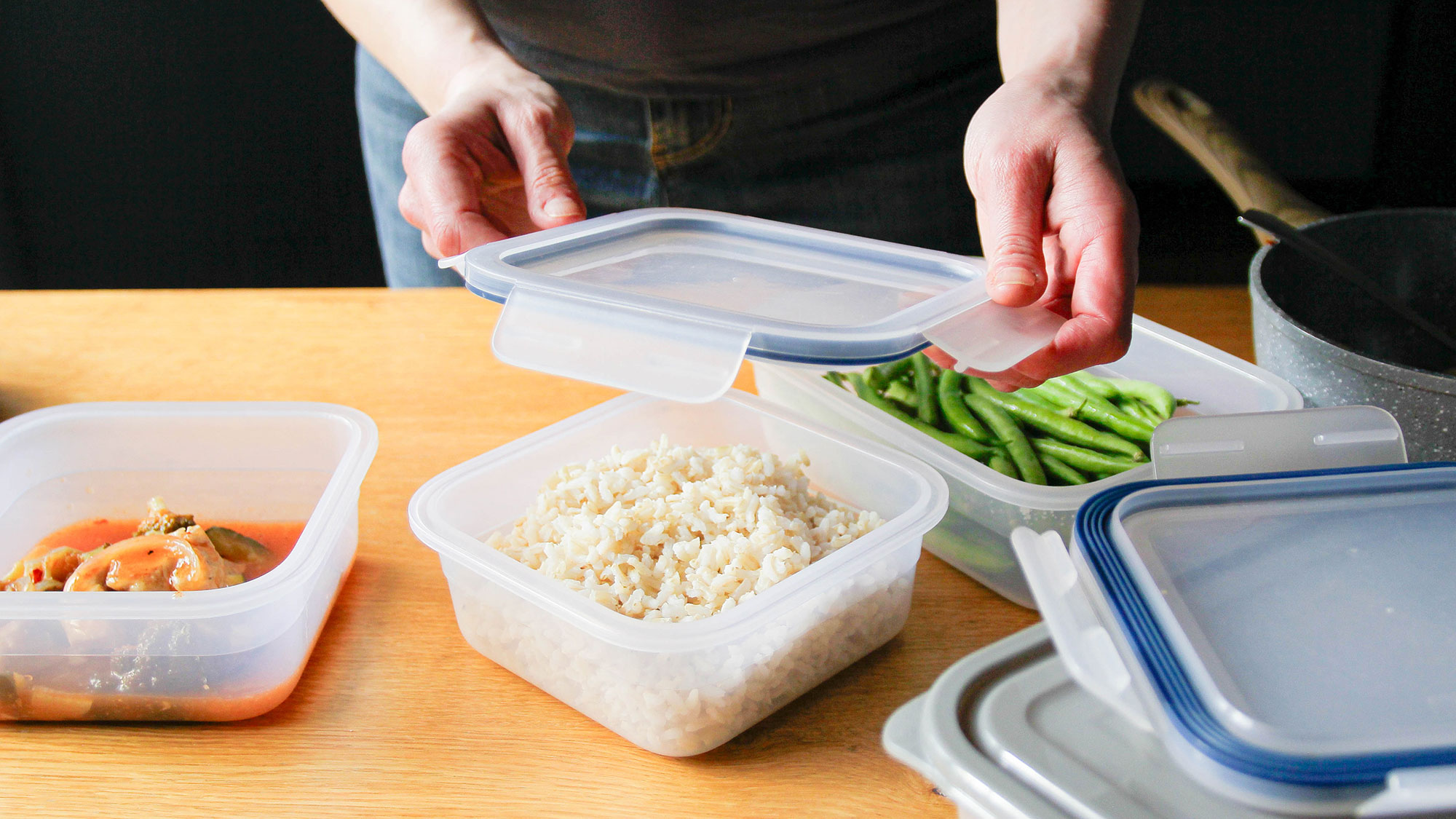
Apart from over-filling your refrigerator, the cooling process can be hindered if you place hot leftovers inside. “Warm food interferes with your fridge’s temperature control, and it will try to compensate for it, “explains Grossi. “When warmer air combines with excessive cooling, the condensation can create ice at the back of the fridge and unintentionally freeze your food.”
The solution is simple — all you need to do is cover your food on your countertop and allow it to reach room temperature before storing it in your refrigerator.
What is the best temperature for a refrigerator?
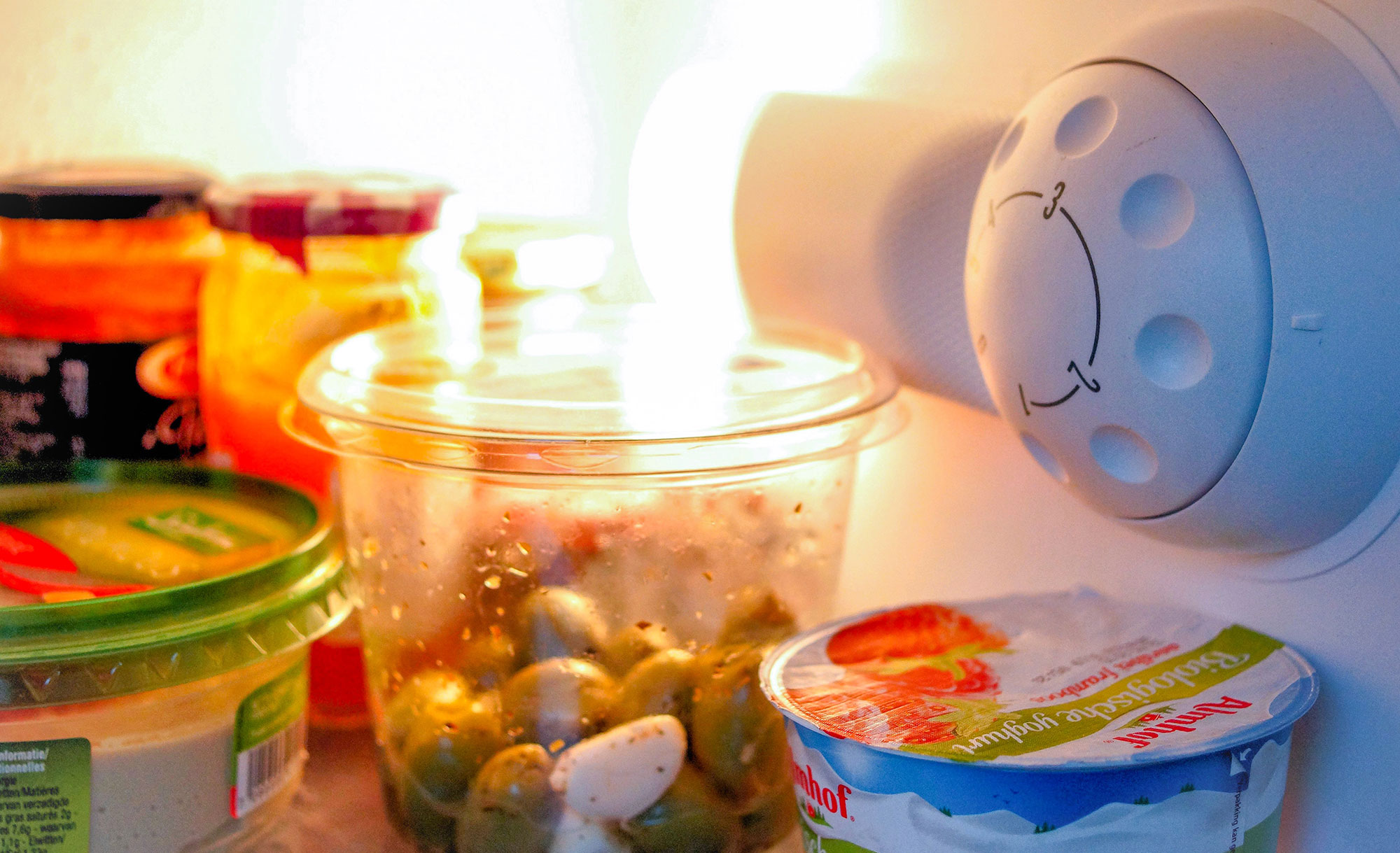
The temperature setting recommended by the UK Food Standards Agency and the USDA is slightly different, although this figure only applies to refrigerators rather than freezers.
Grossi explains, “According to the UK Food Standards Agency, refrigerated food should be kept below 8°C, and frozen food should be kept below -18°C to ensure food remains fresh.” However, he adds, “Some models may have different recommendations on the control panel, so always check your user manual if you are unsure.”
The USDA recommends a slightly lower temperature for refrigerators, stating that when they are working properly, they should be at 40°F (4.4°C) or below and a freezer at 0°F (-17.8°C) or lower.
The USDA advises that refrigerated food is safe if the power is not out for more than 4 hours. However, it explains that any perishable food, such as meat, poultry, fish, eggs, and leftovers) that has been above 40°F (4.4°C) for 2 hours should be discarded.
Do I need to replace my refrigerator?
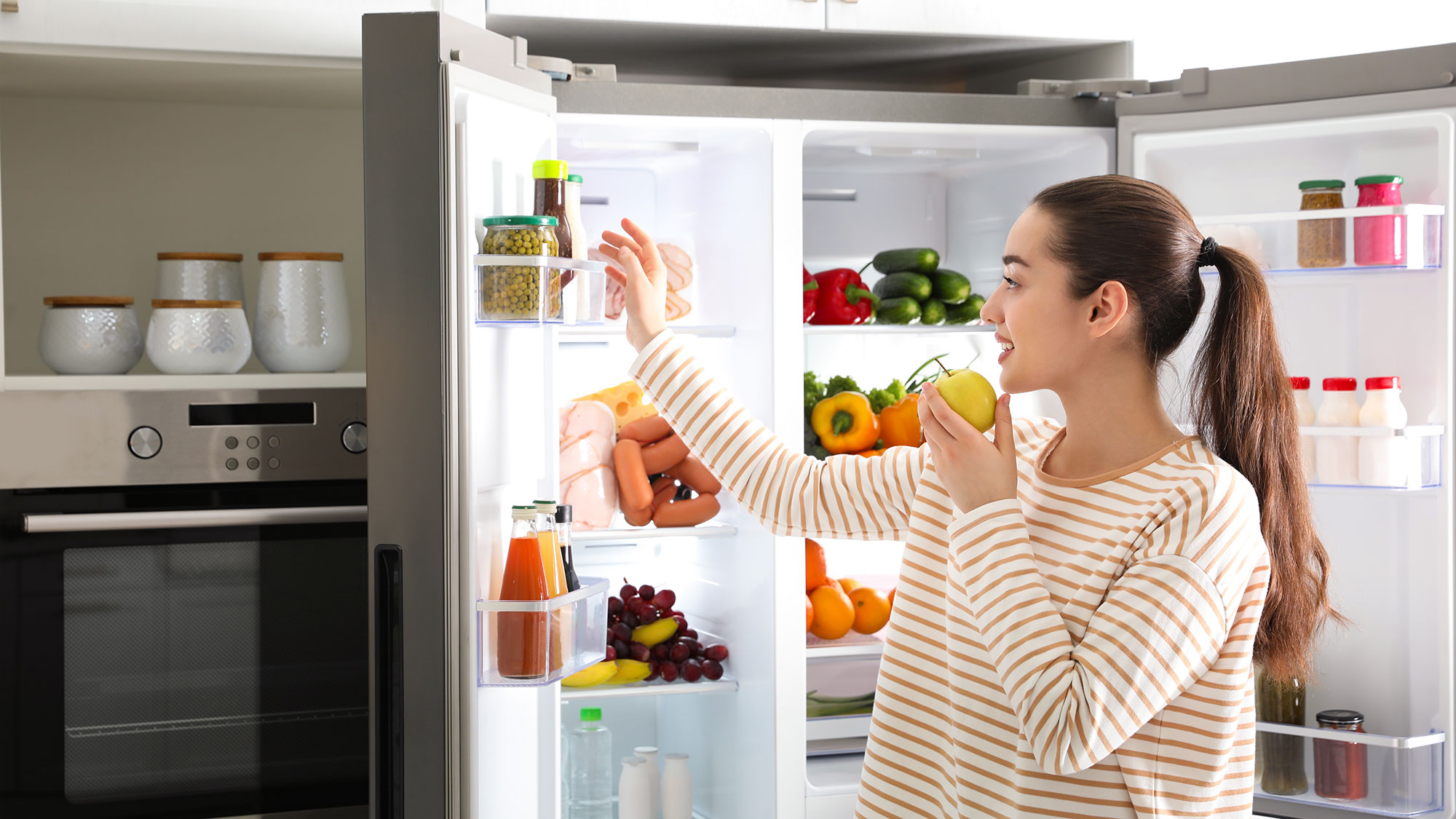
As part of your ongoing maintenance checks you can also try this handy freezer coin hack to check if your food is safe to eat.
If you’ve followed all the tips above and your refrigerator still won’t keep cool, it’s probably time to call out a professional, or replace it altogether. It’s also worth knowing that according to Statistica, the average lifespan of a refrigerator is 14 years, so if you’ve had your appliance for longer, it’s done well.
More from Tom's Guide

Camilla is the Homes Staff Writer and covers everything to do with homes and gardens. She has a wealth of editorial experience, mounting over 30 years, and covers news and features, tests products for reviews and compiles buying guides.
Her work has appeared in business and consumer titles, including Ideal Home, Real Homes, House Beautiful, Homebuilding & Renovation, and Kitchen & Bathroom Business. She’s even appeared on the cover of Your Home, writing about her own house renovation.
Although she’s obsessed with decorating her home, she also enjoys baking and trying out the latest kitchen appliances. But when she’s not inside, you’ll find her pottering about in her yard, tending to her vegetable patch or taking in her prized hydrangeas.
